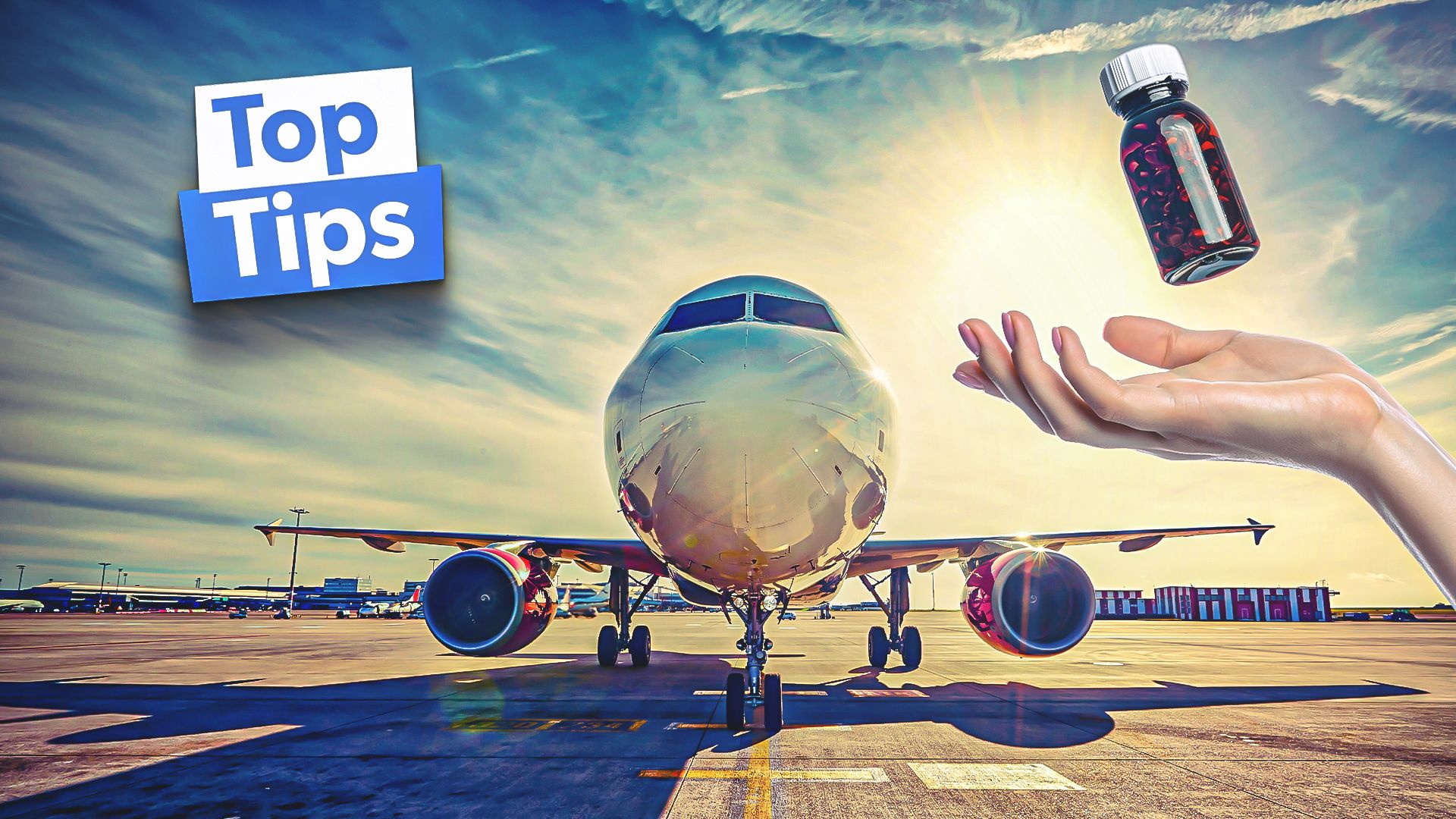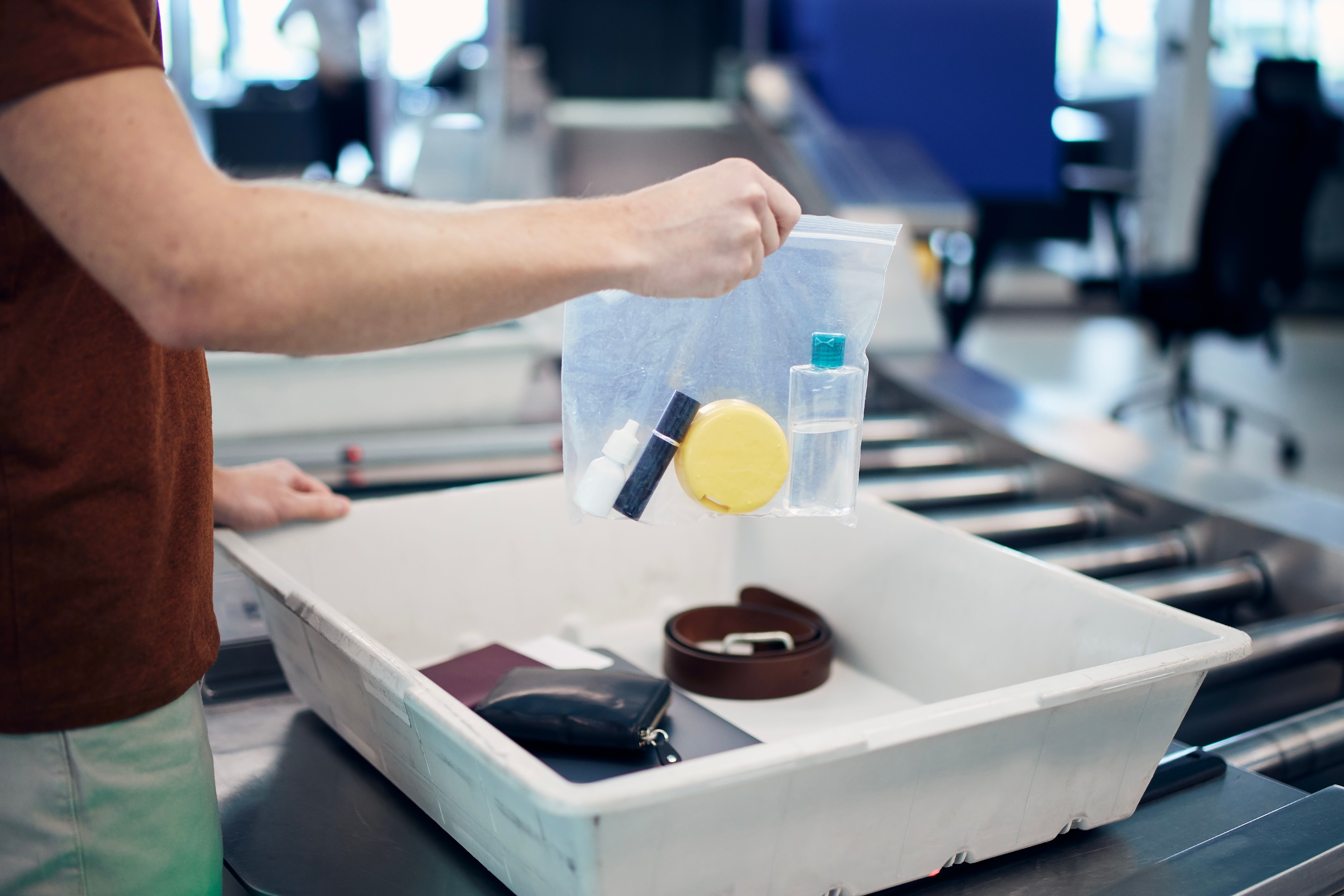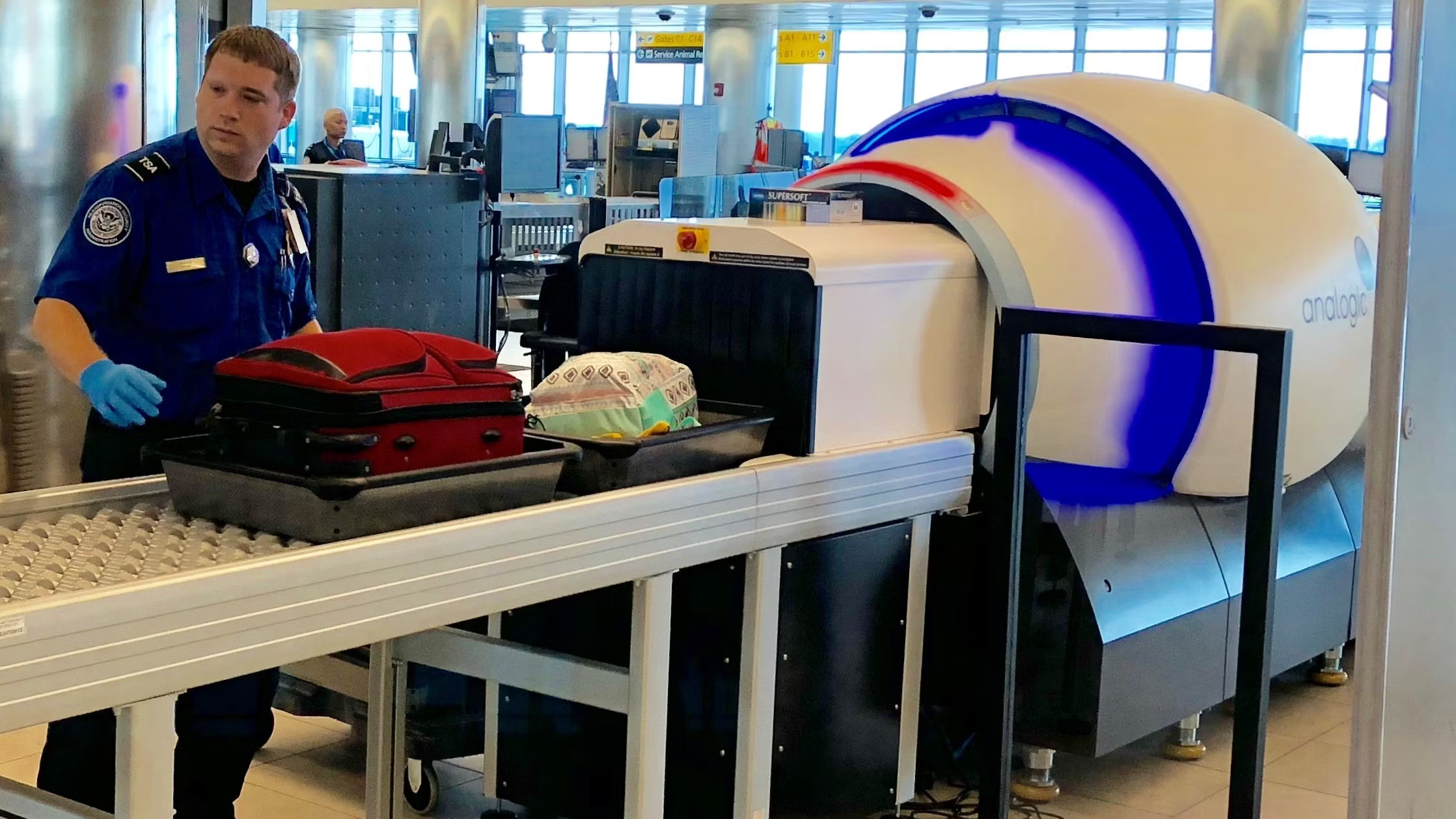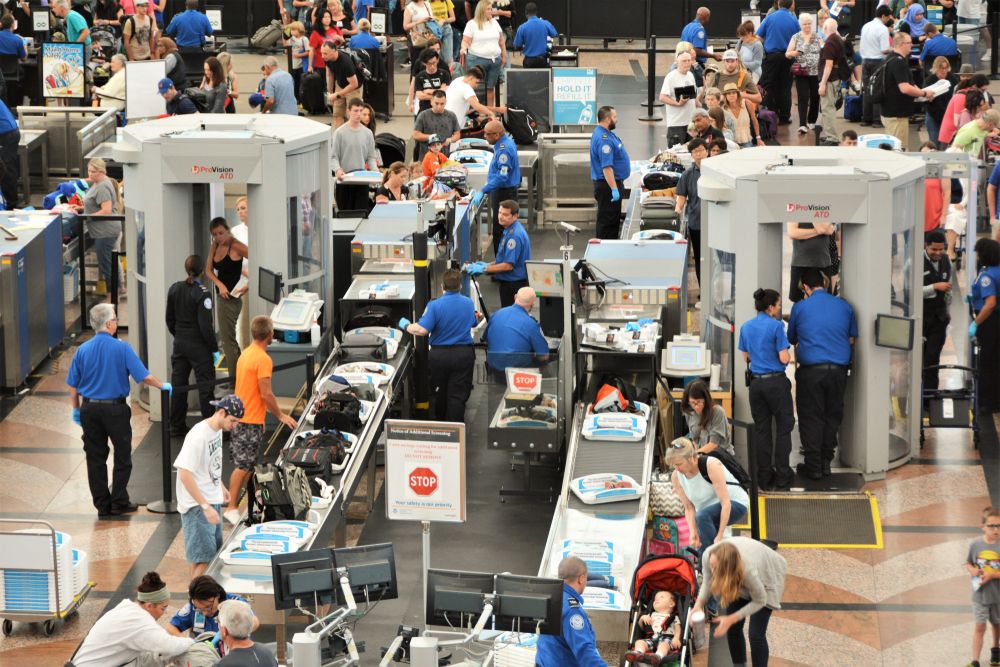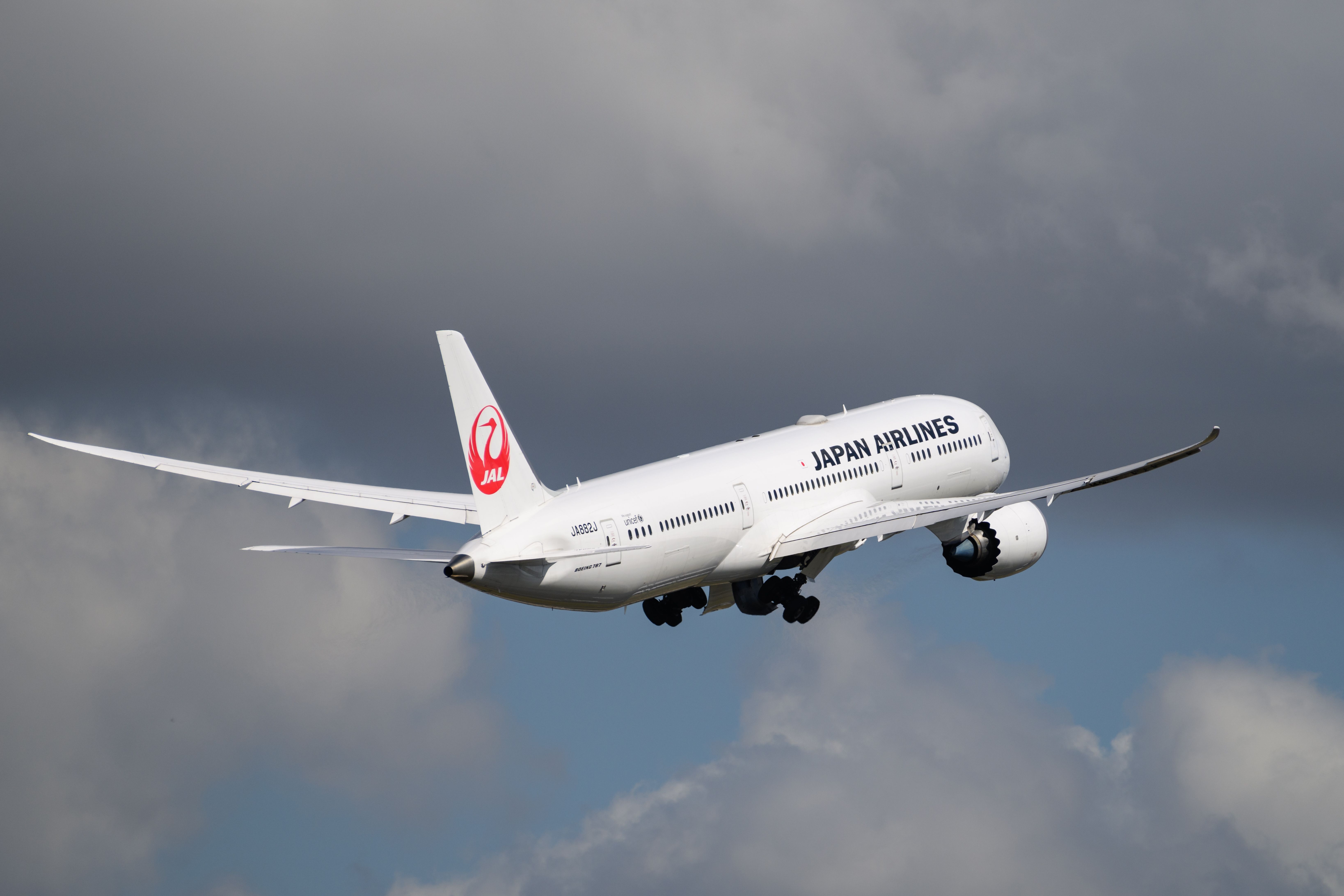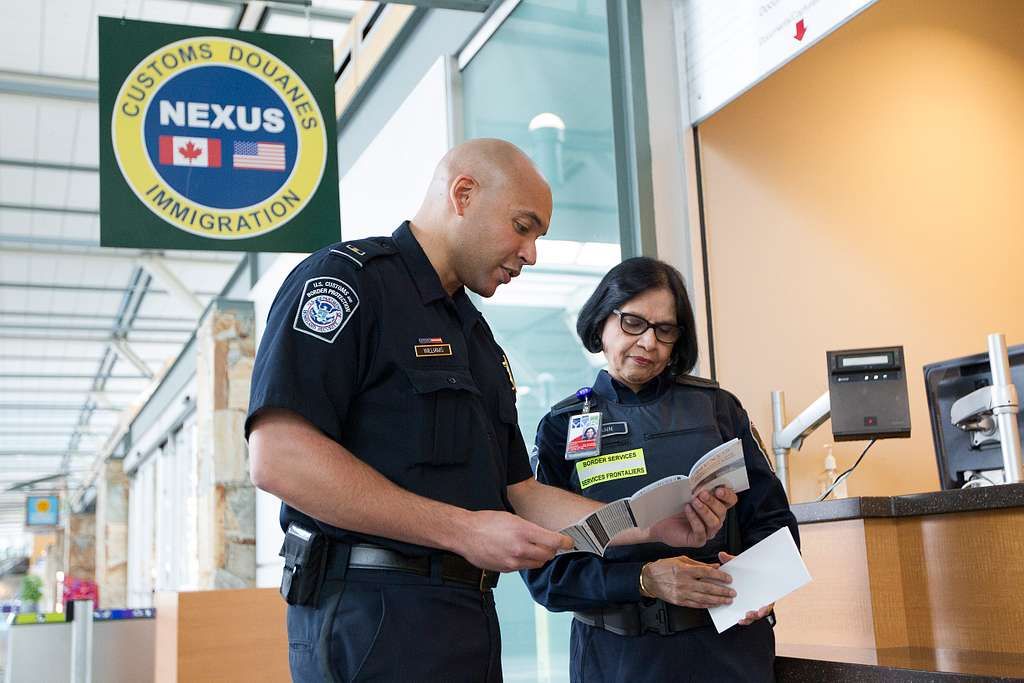Summary
- Pack medications in original bottles and carry a doctor’s prescription.
- Travel with liquid medications under 100 ml if possible.
- Check specific rules for controlled drugs and banned medications.
What passengers are permitted to carry on aircraft is strictly regulated. However, regulations generally permit passengers to bring their medication on the flight (this does not include carrying drugs for resale). The rules for bringing medication on aircraft are somewhat complicated, so it is always prudent to check them in advance. Passengers should note that the rules are subject to change. The rules for what people are able to pack in checked luggage differ from those with carry-on luggage; this article discusses carry-on medication.
1
Good practice
Take a doctor’s certificate, carry medication in limited quantities and, if in doubt, always declare
|
Original bottles: |
Always leave medication in its original containers |
|---|---|
|
Doctor’s prescription: |
While not always necessary, carry a doctor’s prescription when possible |
|
Plastic bag: |
Always pack medications in a transparent plastic bag |
As a rule, medications and liquids should be packed in transparent plastic bags (this is a requirement in many places like the EU). Medications should always be kept in their original bottle. If in doubt, always check the local rules in advance and declare (passengers found to be deliberately concealing prohibited items are generally the people who are given harsh penalties).
Photo: Jaromir Chalabala | Shutterstock
The US, Canada, the EU, and the UK generally allow passengers to pack whatever medication they need for their trip—so long as it is kept in “limited quantities.” “Limited quantity” regulations also extend to food items; even coleslaw, honey, and jams are classified as liquids.
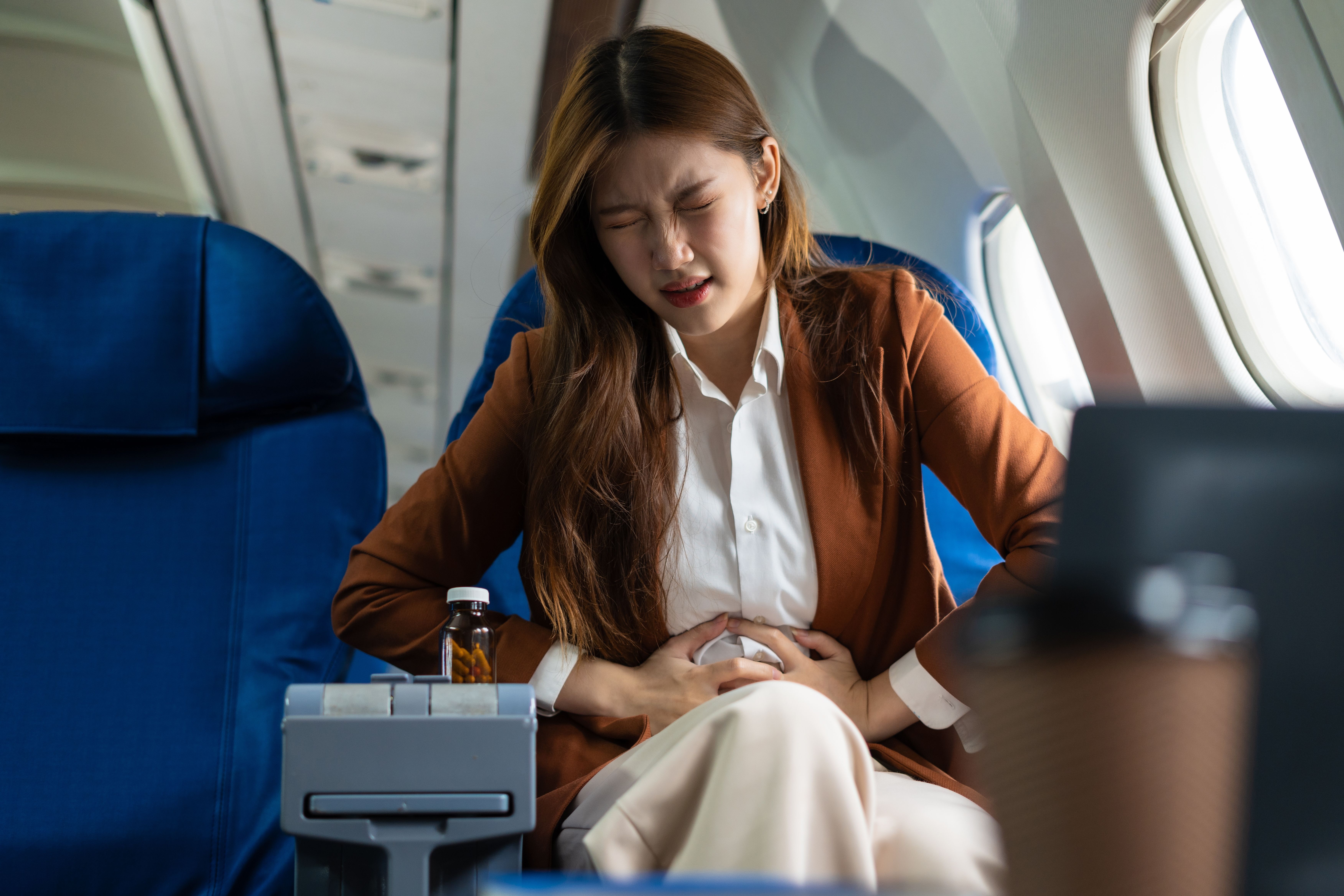
Related
How Medical Emergencies On Flights Are Handled: 5 Things You Should Know
The AMAA, a physician’s conscience, and airline policies all dictate how medical emergencies are handled.
2
Medications over 100ml
Most countries permit passengers to have more than 100ml but may require a doctor’s prescription
|
US: |
Permits medications over 100ml |
|---|---|
|
EU: |
Permits medications over 100ml but may require documentation |
|
UK: |
Permits medications over 100ml with prescription |
Every country has its own rules on what is permitted on aircraft and inside the country. The US permits passengers to bring any medically necessary gels, creams, and liquids as carry-ons (even if they exceed 3.4oz or 100 ml). According to AirAdvisor, the United Kingdom requires passengers to bring a prescription with the passenger’s name on it and/or a statement from a medical professional confirming the passenger’s need for the medication exceeding 100 ml.
Photo: TSA
In other words, while it is normally permitted to travel with more than 100 ml, it is good practice to travel with medical liquids under 100 ml when possible. It is also good practice to take a doctor’s prescription when possible.
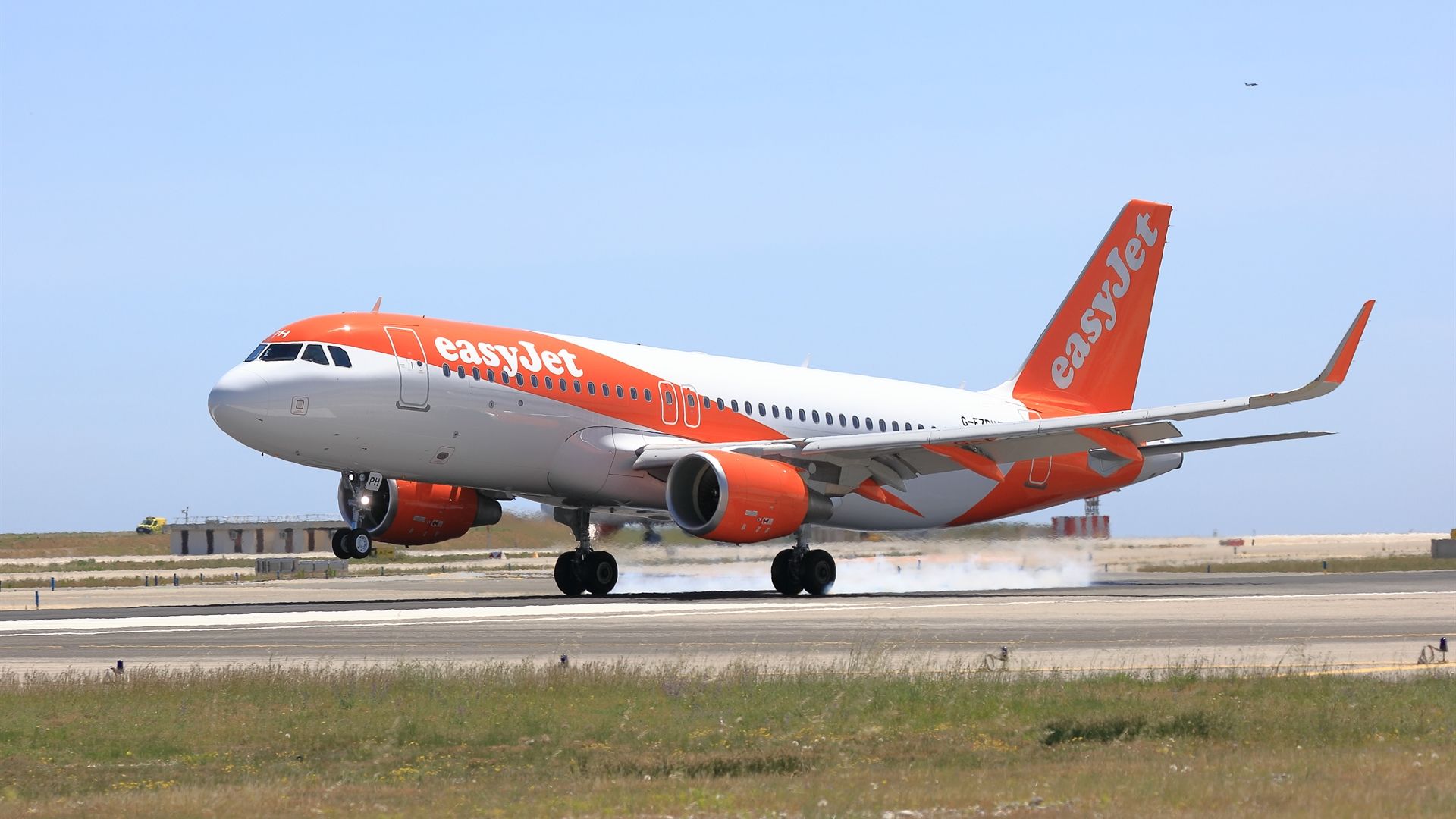
Related
easyJet Continues Requiring GP Letters For Medication In Passenger Luggage
The low-cost carrier requires a doctor’s note for certain medications but has yet to fully specify which sort of medications.
3
Controlled Drugs
It is good practice to carry a doctor’s prescription for many drugs not sold over the counter
|
US: |
Bring a doctor’s original prescription |
|---|---|
|
EU: |
Requires Schengen certificate (good for 30 days) |
|
UK: |
Controlled substances require a license |
When traveling with controlled drugs (such as opioids and narcotics), it is prudent to check the relevant rules more closely. Examples of DEA Schedule 2 Medicines include Morphine, Methadone, and Oxycodone. Tramadol is Schedule 3, and Alprazolam is Schedule 4. To travel in the EU with narcotics or psychotropics, passengers need to get a Schengen certificate for each of the medications.
Photo: Jim Lambert l Shutterstock
While it is normally possible to travel to the US with controlled substances with a prescription, this is not the case for the UK. The UK does not permit controlled substances into the country without a license (generally issued for research purposes). Schengen certificates do not permit passengers to bring the substances to the UK.
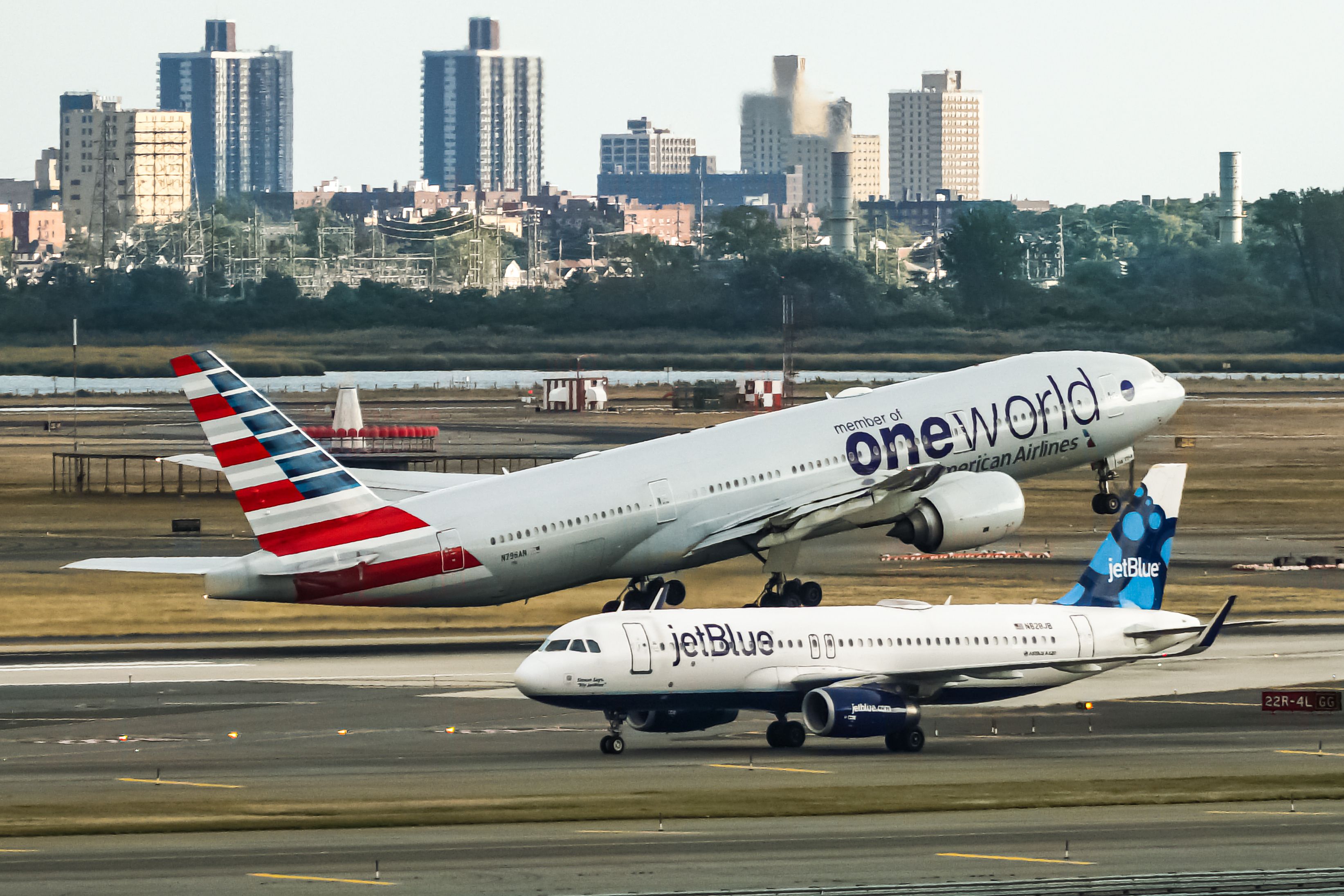
Related
FAA Adds 3 Antidepressants To Approved Meds List For Pilots & Air Traffic Controllers
In total, the FAA now allows eight types of different medications for mental health issues for pilots and air traffic controllers.
4
Banned Medications
Many medications are outright banned, so passengers cannot fly with them at all
|
Example US banned medications: |
Fen-Phen, Rohynol, GHB |
|---|---|
|
EU banned medications: |
Various – refer to the European Medicines Agency |
|
Example strict countries: |
UAE, Japan |
It is impossible to discuss the many banned substances country by country. The list varies significantly from country to country. Examples of banned substances in the US include Fen-Phen, Rohypnol, and GHB (even with prescriptions). Refer to the FAA for a list of banned (‘do not issue’ and ‘do not fly’) substances. Japan is cited as an example of a country with strict regulations on medications and zero tolerance for controlled substances.
Photo: A Periam Photography | Shutterstock
The UAE (Dubai) is another place with strict laws that ban common prescription medications like Excedrin, Sudafed, Vicks inhalers, nicotine replacement medications, ointments with hormones, and much more. While the regulations and tolerance of Western countries like the European Union, USA, Canada, etc. may be broadly comparable, this is not necessarily true of other parts of the world.
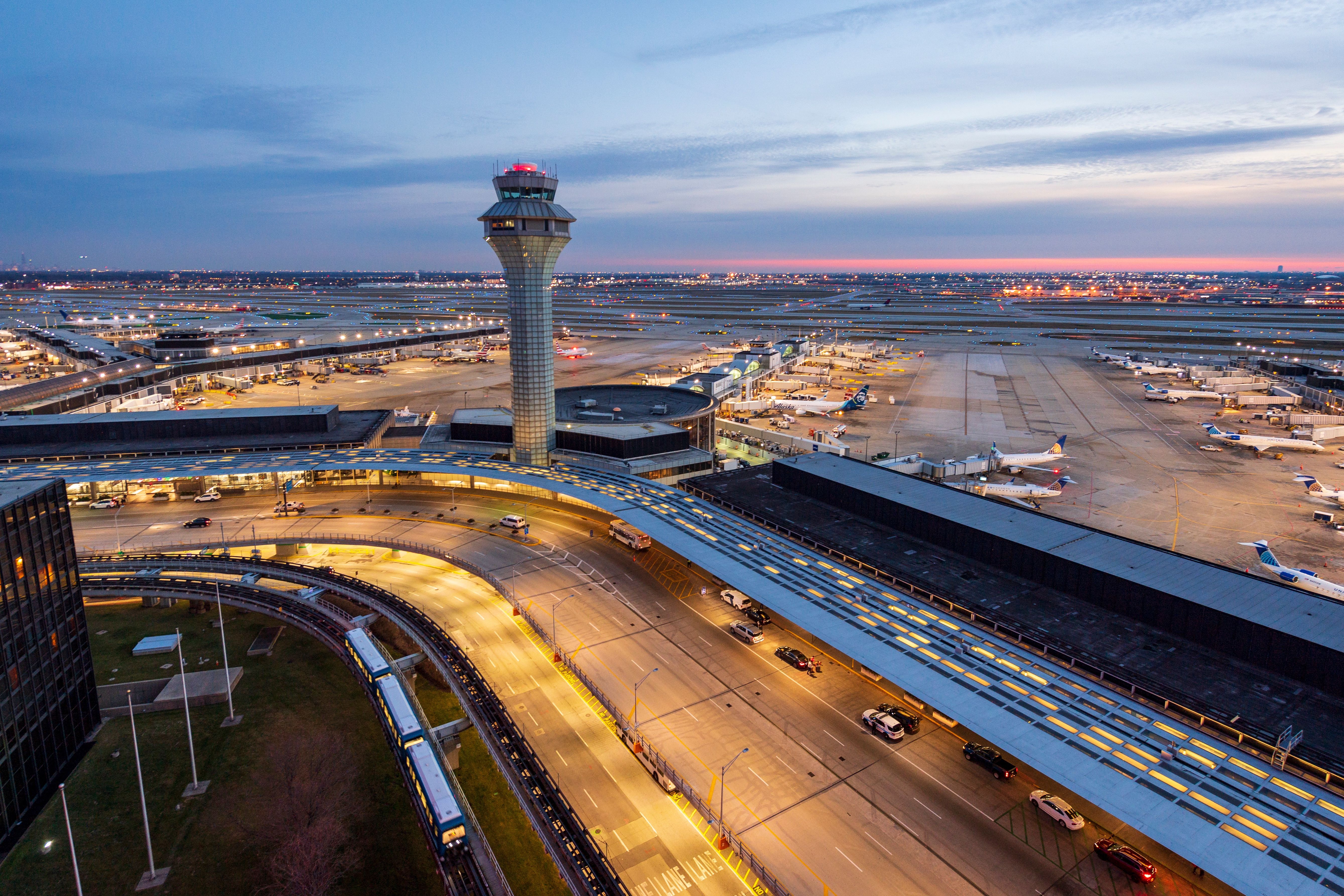
Related
5 Festive Items Passengers Shouldn’t Take On Planes This Christmas
Avoid security process delays by packing wisely this holiday travel season.
5
Medical Marijuana
Many countries strictly prohibit marijuana (sometimes with harsh penalties), so always check relevant local laws
|
US: |
Prohibited federally and therefore prohibited on flights |
|---|---|
|
EU: |
Rules vary by country |
|
Worldwide: |
Marijuana (including medical marijuana) is strictly prohibited in many countries |
Many countries have legalized marijuana, while many more have very strict laws against the substance. While many states have legalized it in the US, it is still prohibited federally, and therefore, flying with it in the US is illegal. Likewise, in the EU, many countries have legalized it while other countries haven’t.
France, Italy, Germany, the UK, The Netherlands, and Canada are examples of where medical marijuana is permitted, but passengers need to bring along documents (such as a prescription, Schengen certificate, or export license). According to Armstrong Legal, taking marijuana to Australia can result in up to two years imprisonment (although such penalties are likely reserved for those smuggling large amounts).

